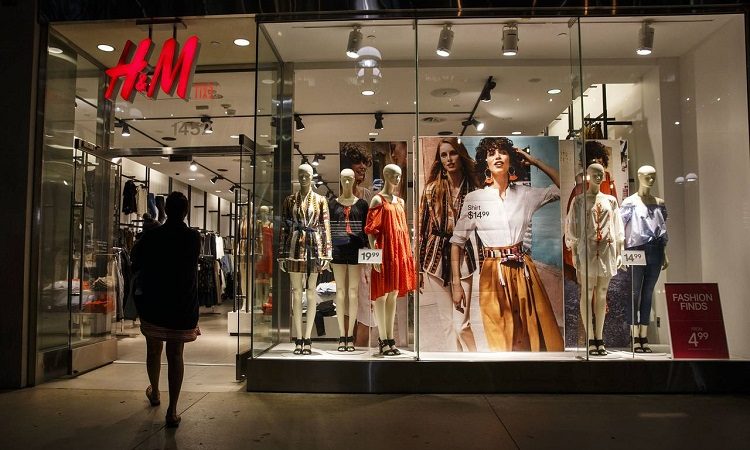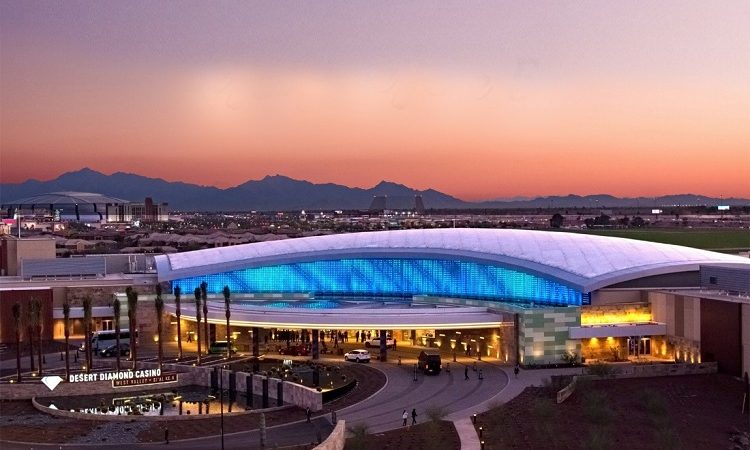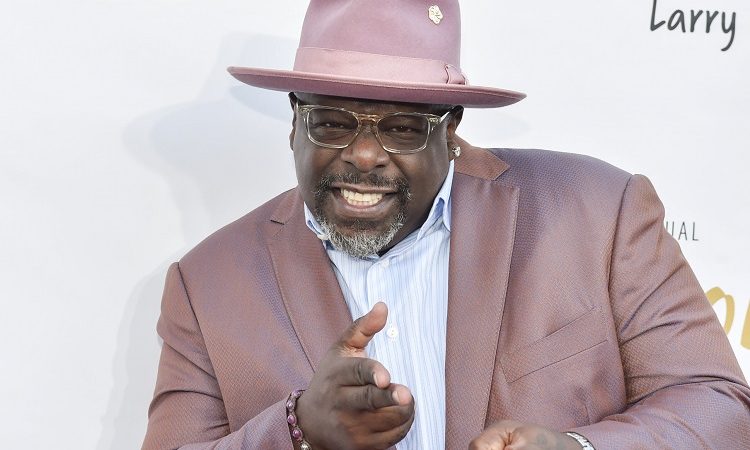Greatest Fashion photography to Inspire You

Fashion photography is a fascinating and ever-evolving field that has captured the attention of people around the world for decades. From its humble beginnings in the early 20th century to its current status as a multi-billion dollar industry, fashion photography has undergone significant changes over the years. It has become an integral part of the fashion world, with photographers playing a crucial role in shaping Inspire trends and influencing consumer behavior. In this article, we will explore the history of fashion photography, its rise to prominence, and its current state in today’s digital age. We will also take a look at what the future holds for this exciting field and how it continues to shape our perceptions of beauty and style.
The History of Fashion Photography
Fashion photography has been around for over a century, and its roots can be traced back to the early 1900s. In the beginning, fashion photography was primarily used as a means of showcasing clothing designs in catalogs and magazines. However, it wasn’t until the 1930s that fashion photography began to take on a more artistic approach.
During this time, photographers such as Edward Steichen and Horst P. Horst started experimenting with lighting techniques and posing models in more Inspire dramatic ways. This led to a new era of fashion photography that focused on creating images that were not only beautiful but also told a story.
In the 1940s and 1950s, fashion photography continued to evolve with the introduction of color film. Photographers such as Richard Avedon and Irving Penn became known for their iconic images that captured the essence of the era’s fashion trends.
Overall, the history of fashion photography is one that has seen many changes over time. From its humble beginnings as a tool for advertising clothing designs to its current status as an art form in its own right, fashion photography has come a long way since its inception over 100 years ago.
The Rise of Fashion Photography
Fashion photography began to rise in popularity during the 1920s and 1930s, as fashion designers realized the importance of showcasing their designs through Inspire photographs. The emergence of magazines such as Vogue and Harper’s Bazaar provided a platform for photographers to showcase their work, and many talented individuals rose to fame during this time.
One of the most notable photographers from this era was Edward Steichen, who was known for his innovative use of lighting and composition. He photographed many famous models and actresses, including Gloria Swanson and Marlene Dietrich. Another influential photographer from this time was Horst P. Horst, who is best known for his elegant and sophisticated portraits of women.
The rise of fashion photography also coincided with advancements in technology, particularly the development of the color film. This allowed photographers to capture vibrant hues and textures that were previously impossible to reproduce in black and white. As a result, fashion photography became more visually stunning than ever before, capturing not just clothing but also the mood and atmosphere surrounding it.
Overall, the rise of fashion photography marked Inspire a turning point in how we view fashion. It transformed clothing from something purely functional into an art form that could be appreciated on its own merits.
The Golden Age of Fashion Photography
During the 1950s and 1960s, fashion photography experienced a golden age. This period was marked by the emergence of iconic photographers such as Richard Avedon, Irving Penn, and Helmut Newton. These photographers revolutionized the industry with their innovative techniques and artistic vision.
Richard Avedon’s minimalist approach to fashion photography Inspire emphasized the model’s natural beauty and captured their personality in a candid way. His work for Harper’s Bazaar and Vogue set new standards for fashion photography that are still relevant today.
Irving Penn’s use of stark lighting and simple backgrounds created striking images that showcased the clothes while also highlighting the model’s features. His work for Vogue is considered some of the most influential in fashion history.
Helmut Newton’s provocative style challenged traditional notions of femininity and sexuality in fashion photography. His bold images for publications such as French Vogue pushed boundaries and sparked controversy.
The golden age of fashion photography was a time when creativity flourished, and photographers were given more artistic freedom than ever before. Their work continues to inspire contemporary photographers, making this era an essential part of fashion photography history.
The Contemporary Age of Fashion Photography
In today’s world, fashion photography has become a ubiquitous part of our daily lives. With the rise of social media and the internet, fashion photography has taken on a new level of importance in the industry. The contemporary age of fashion photography is characterized by its diversity and inclusivity.
Gone are the days when only thin, white models were featured in fashion campaigns. Today, we see models of all shapes, sizes, and ethnicities gracing the pages of magazines and walking down runways. This shift towards inclusivity has been driven by consumers demanding more Inspire representation and diversity in the industry.
In addition to this shift towards inclusivity, technology has also played a significant role in shaping contemporary fashion photography. With advancements in digital cameras and editing software, photographers have more tools at their disposal than ever before. This has allowed for more creative freedom and experimentation in fashion photography.
Overall, the contemporary age of fashion photography is an exciting time for the industry as it continues to evolve and adapt to changing consumer demands and technological advancements.
The Future of Fashion Photography
As we move into the future, fashion photography is likely to continue evolving and adapting to new technologies and trends. One trend that has already begun to emerge is the use of more diverse models in fashion photography. This shift towards inclusivity is a welcome change, as it allows for a wider range of people to see themselves represented in the media.
Another trend that may become more prevalent in the future is the use of virtual reality and augmented reality in fashion photography. With these technologies, viewers can immerse themselves in a 360-degree experience of a fashion shoot or even try on clothes virtually before making a purchase. This could revolutionize the way we consume fashion media and make it more interactive and engaging.
Overall, while we cannot predict exactly what the future holds for fashion photography, it is clear that this art form will continue to push boundaries and challenge our perceptions of beauty and style. As technology advances and society becomes more inclusive, we can expect to see even more exciting developments in this field.
Conclusion
In conclusion, fashion photography has come a long way since its inception in the early 20th century. From being considered a mere tool for advertising to becoming an art form in its own right, fashion photography has evolved to capture not just clothes but also emotions, stories, and cultural movements. The industry has seen many great photographers who have left their mark on the field and inspired generations of artists. With the advent of digital technology and social media, fashion photography is now more accessible than ever before, allowing aspiring photographers to showcase their work and connect with audiences worldwide. As we look toward the future of fashion photography, it is clear that this art form will continue to evolve and adapt to new trends and technologies while staying true to its roots of capturing beauty and style.






